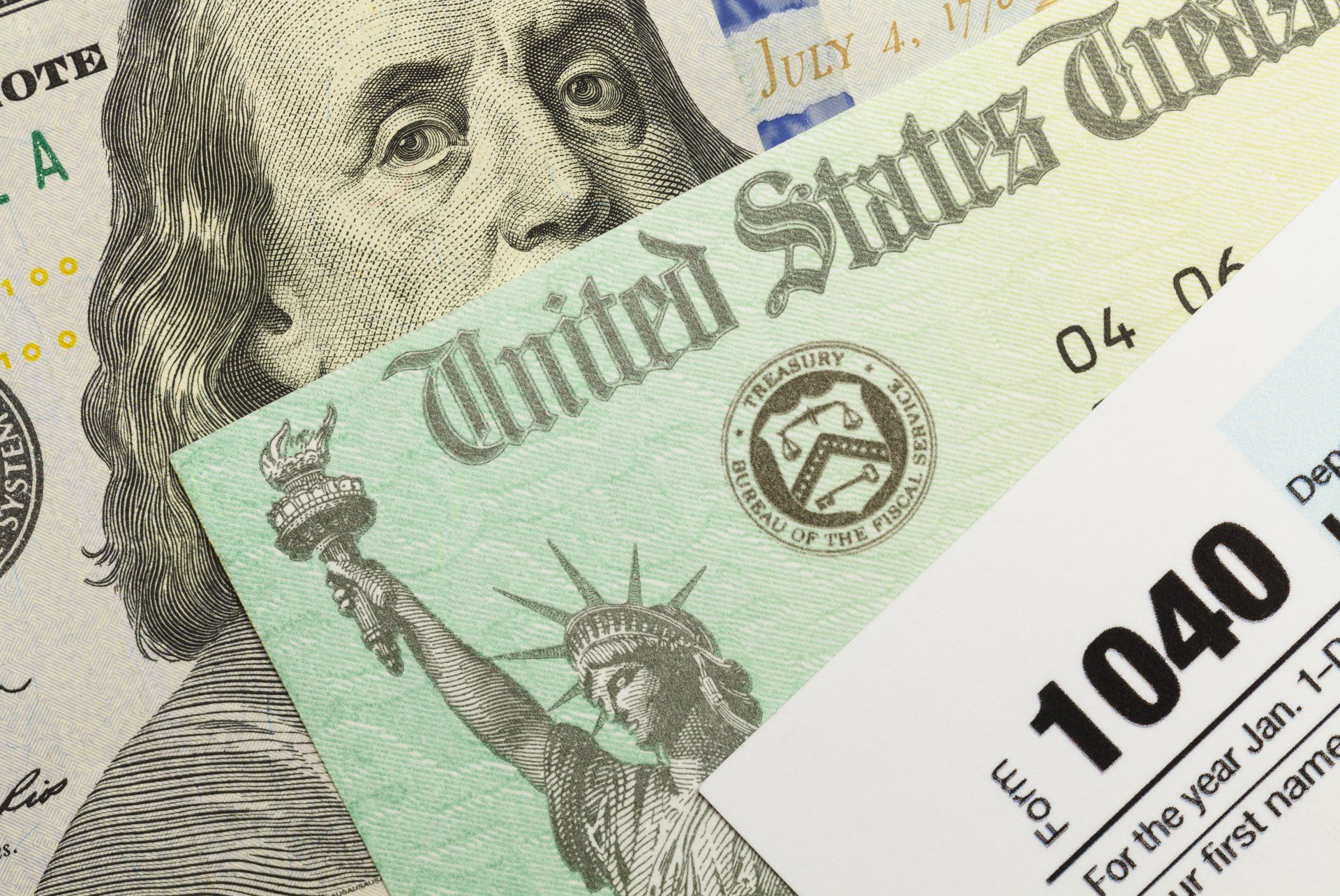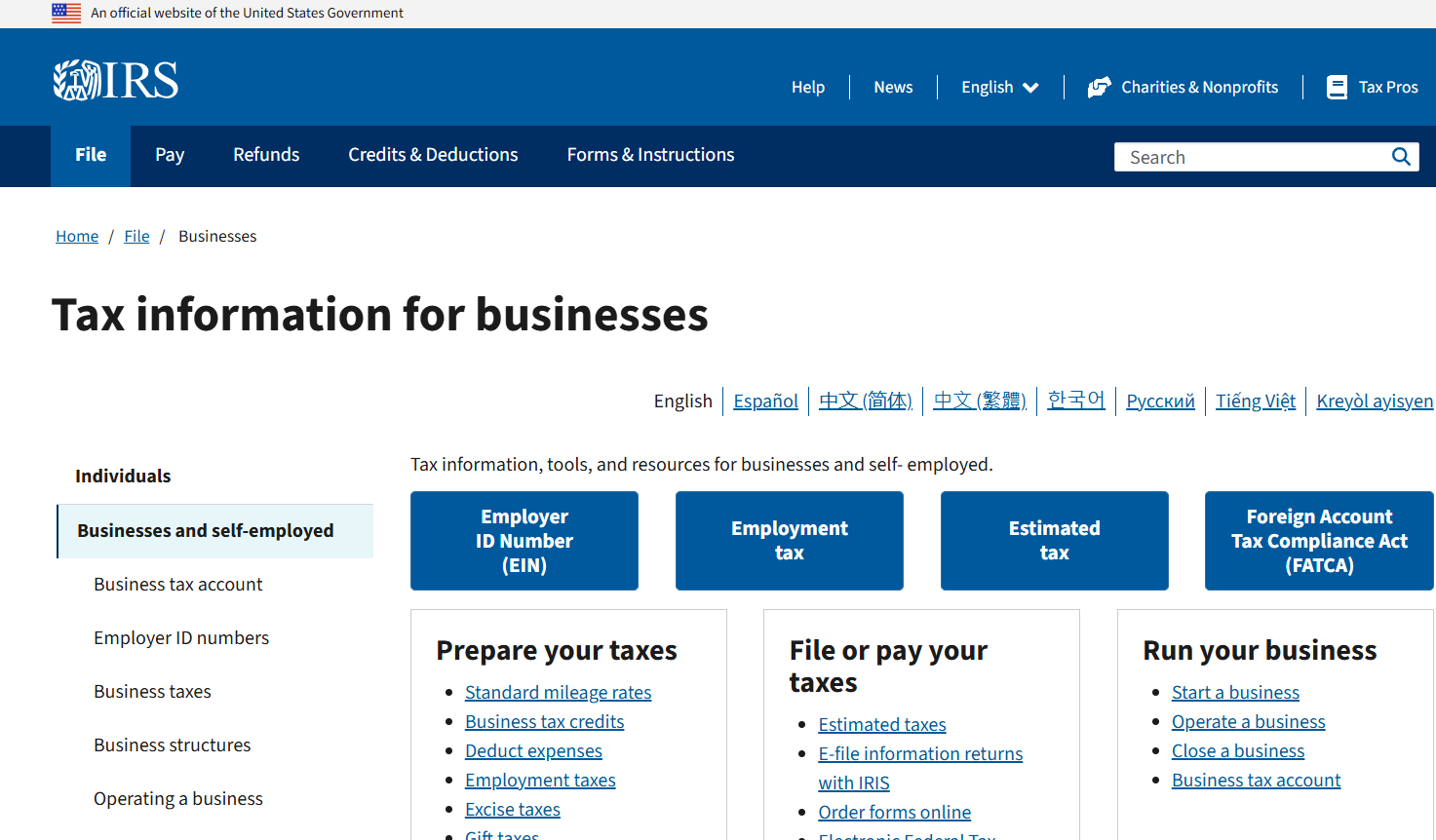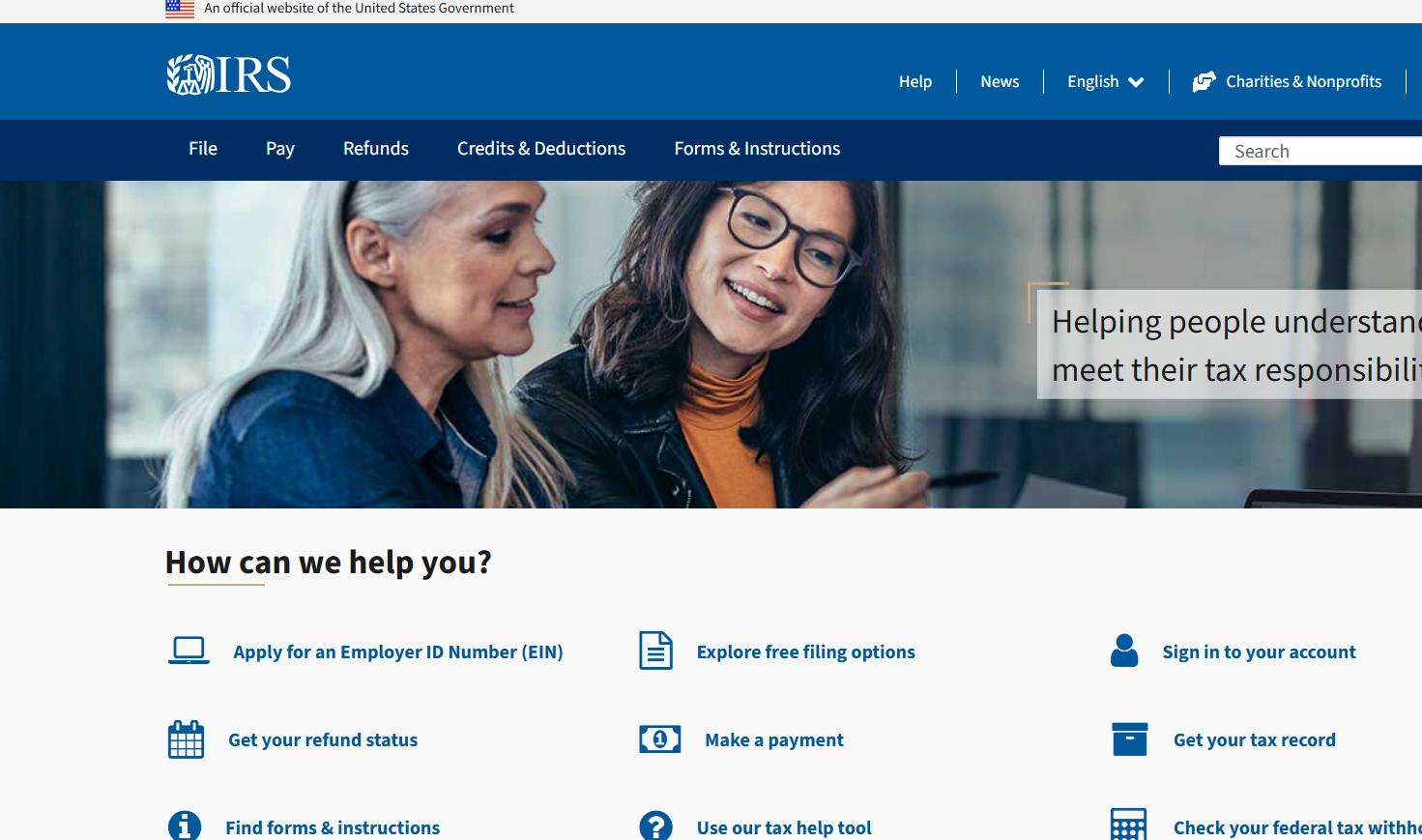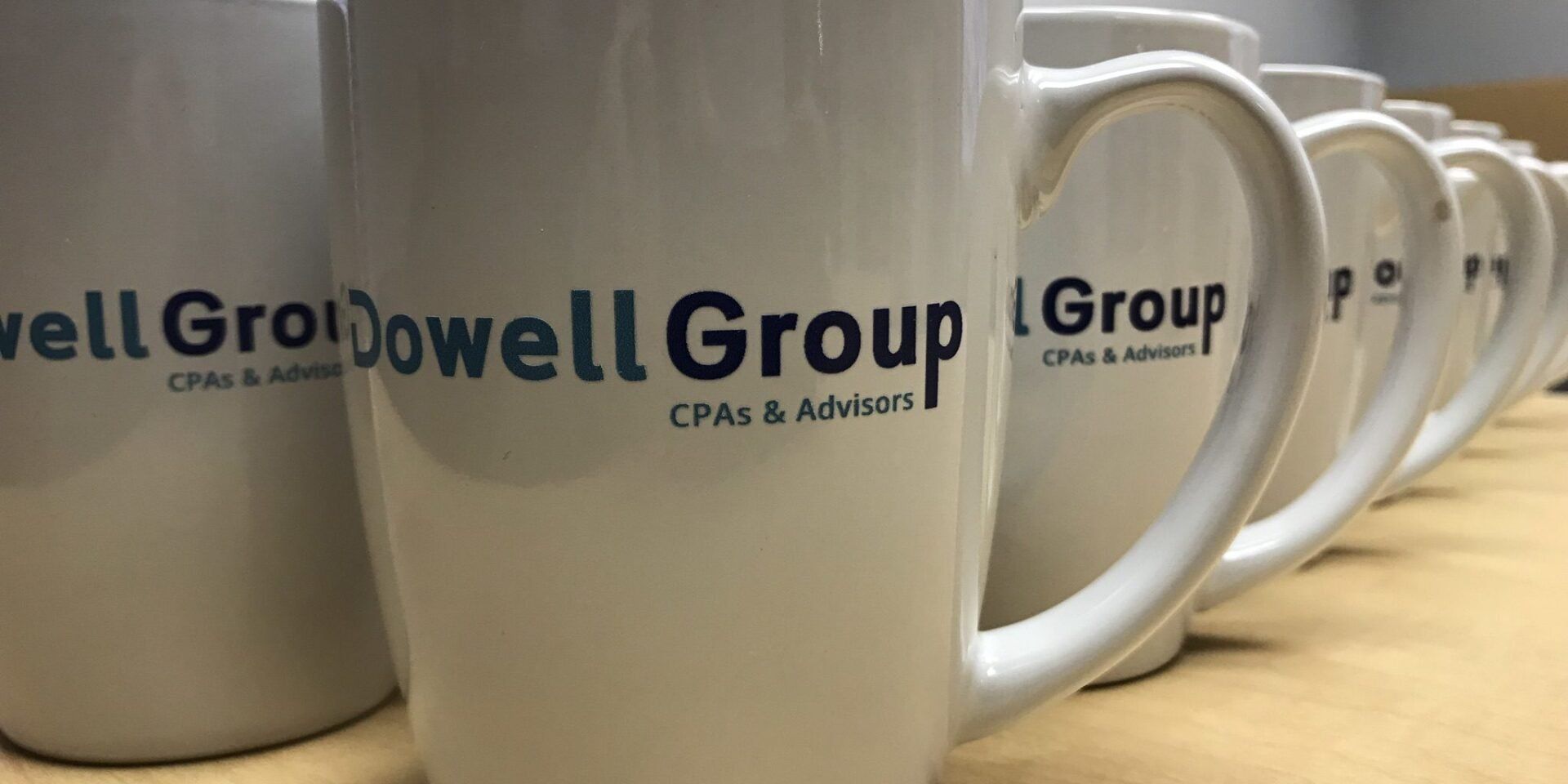Coronavirus Relief and Nonprofits
April 14, 2002

by Gregory S. Dowell
April 14, 2020
Nonprofit organizations have been treated oddly in most of the COVID-19 relief measures that we’ve seen thus far. While some (not all) nonprofits have been included in various ways, the treatment has been uneven and even a bit perplexing. Here is how we analyze the major relief packages for nonprofits:
- Paycheck Protection Program Loan – 501(c)(3) organizations are included in probably the most talked-about measure, the Paycheck Protection Program Loan. Not all nonprofits are included – for instance, 501(c)(6) organizations are excluded. Faith-based organizations and houses of worship are included. The PPPL allows nonprofits (like businesses) to qualify for a very low interest rate loan that is 2.5 times their average monthly payroll, plus certain add-ons, like payroll taxes and benefits. The most enticing part of the PPPL is that a portion of that loan – the amount spent on qualifying expenditures in the immediate 8 weeks following funding – is forgivable debt, functioning just like a government grant. Unfortunately, many small nonprofits don’t have significant payroll – many rely on volunteers or paying their staffs at very low rates. The lack of payroll limits the dollar amount of this loan, as well as the forgivable feature.
- Economic Injury Disaster Loan – the EIDL may be one of the better resources for a broad range of nonprofits. It is primarily an opportunity for a low interest loan, however, as the forgivable “grant” feature is limited to $10,000. The loans are available for up to $2 million. While payroll is still a key component in determining the loan amount, it appears that the loan provisions are broader and include other costs incurred due to the disruption. Unlike the PPPL, the loans are based on a credit score and more traditional underwriting. The first $200,000 borrowed does not require a personal guarantee or collateral (unlike the PPPL, which has no personal guarantee or collateral requirements). The interest rate on the loan is 2.75% for nonprofits. Just like the PPPL, a nonprofit must have 500 or fewer employees – not an issue, typically, for small nonprofits. Just like the PPPL, faith-based organizations and houses of worship are eligible.
- Employee Retention Credit – The Treasury Department and the Internal Revenue Service have launched the Employee Retention Credit, designed to encourage businesses to keep employees on their payroll during the coronavirus crisis. The refundable tax credit is 50% of up to $10,000 in wages paid by an eligible employer whose business has been financially impacted by COVID-19. The credit is available to all employers regardless of size, including tax-exempt organizations, but the credit is not available to state and local governments. Also excluded are small businesses that take small business loans. Qualifying employers must fall into one of two categories: (1) the employer’s business is fully or partially suspended by government order due to COVID-19 during the calendar quarter; and (2) the employer’s gross receipts are below 50% of the comparable quarter in 2019. Once the employer’s gross receipts go above 80% of a comparable quarter in 2019, they no longer qualify after the end of that quarter. The credit, calculated quarterly, is 50% of qualifying wages paid, up to $10,000 in total. Wages paid after March 12, 2020, and before Jan. 1, 2021, are eligible for the credit. Wages are not limited to cash payments, but also include a portion of the cost of employer provided health care. Qualifying wages are based on the average number of a business’s employees in 2019. For employers with 100 or fewer employees, the credit is based on wages paid to all employees, regardless if they worked or not. If the employees worked full time and were paid for full time work, the employer still receives the credit. For employers with more than 100 employees, the credit is allowed only for wages paid to employees who did not work during the calendar quarter. Employers can be immediately reimbursed for the credit by reducing their required deposits of payroll taxes that have been withheld from employees’ wages by the amount of the credit. Eligible employers will report their total qualified wages and the related health insurance costs for each quarter, on their quarterly employment tax returns or Form 941 beginning with the second quarter. If the employer’s employment tax deposits are not sufficient to cover the credit, the employer may receive an advance payment from the IRS by submitting Form 7200, Advance Payment of Employer Credits Due to COVID-19.

As you may be aware, you can't keep retirement funds in your account indefinitely. You generally have to start taking withdrawals from your IRA, SIMPLE IRA, SEP IRA, or 401(k) plan when you reach age 73. Roth IRAs do not require withdrawals until after the death of the owner. Your required minimum distribution (RMD) is the minimum amount you must withdraw from your account each year. You can withdraw more than the minimum required amount. Your withdrawals will be included in your taxable income except for any part that was taxed before (your basis) or that can be received tax-free (such as qualified distributions from designated Roth accounts). We typically instruct our clients to turn to their investment advisors to determine if they are required to take an RMD and to calculate the amount of the RMD for the year. Most investment advisors and plan custodians will provide those services free of charge, and will also send reminders to their clients each year to take the RMD before the deadlines. That said, it is still good to have a general understanding of the RMD rules. The RMD rules are complicated, so we have put together the following summary that we hope you will find helpful: When do I take my first RMD (the required beginning date)? For an IRA, you must take your first RMD by April 1 of the year following the year in which you turn 73, regardless of whether you're still employed. For a 401(k) plan, you must take your first RMD by April 1 of the year following the later of the year you turn 73, or the year you retire (if allowed by your plan). If you are a 5% owner, you must start RMDs by April 1 of the year following the year you turn 73. What is the deadline for taking subsequent RMDs after the first RMD? After the first RMD, you must take subsequent RMDs by December 31 of each year beginning with the calendar year containing your required beginning date. How do I calculate my RMD? The RMD for any year is the account balance as of the end of the immediately preceding calendar year divided by a distribution period from the IRS's "Uniform Lifetime Table." A separate table is used if the sole beneficiary is the owner's spouse who is ten or more years younger than the owner. How should I take my RMDs if I have multiple accounts? If you have more than one IRA, you must calculate the RMD for each IRA separately each year. However, you may aggregate your RMD amounts for all of your IRAs and withdraw the total from one IRA or a portion from each of your IRAs. You do not have to take a separate RMD from each IRA. If you have more than one 401(k) plan, you must calculate and satisfy your RMDs separately for each plan and withdraw that amount from that plan. May I withdraw more than the RMD? Yes, you can always withdraw more than the RMD, but you can't apply excess withdrawals toward future years' RMDs. May I take more than one withdrawal in a year to meet my RMD? You may withdraw your annual RMD in any number of distributions throughout the year, as long as you withdraw the total annual minimum amount by December 31 (or April 1 if it is for your first RMD). May I satisfy my RMD obligation by making qualified charitable distributions? You may satisfy your RMD obligation by having the trustee make qualified charitable distribution of up to $108,000 in 2025 ($105,000 in 2024) to a public charity (some public charities excepted). The amount of the qualified charitable distribution will not be included in your income. You may also make a one-time election to make qualified charitable distributions to certain charitable trusts or a charitable gift annuity. What happens if I don't take the RMD? If the distributions to you in any year are less than the RMD for that year, you are subject to an additional tax equal to 25% of the undistributed RMD (reduced to 10% if corrected during a specified time frame).









